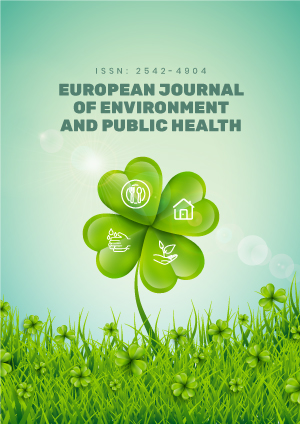Abstract
Aim: The aim of this study was to evaluate the relationship between holding a mobile phone in the non-dominant hand and the hand grip, the shoulder abduction and flexion strengths on the dominant hand side.
Materials and Methods: This is an observational study. The study was conducted between November 15, 2019 - November 29, 2019 in 61 adults aged 18-30 years in Izmir, Turkey. Three repeated measurements of hand grip strength, shoulder abduction and shoulder flexion strength in dominant hand / on the shoulder of the dominant hand were compared. Measurements were as follows: In the non-dominant hand when there is no mobile phone (Measurement 1); In the non-dominant hand when there is a switched off mobile phone in (Measurement 2); In the non-dominant hand when there is a mobile phone on in standby mode (Measurement 3). In statistical analysis, student t test and one way or two-way analysis of variance were used for repeated measurements. A p value of ≤0.05 was considered statistically significant.
Results: There was no significant difference between the first, second and third measurement results in terms of mean grip strength (for each one p>0.05). However, the mean values of shoulder abduction strength and shoulder flexion strength were lower in the third measurements compared to the first measurements (for each one p ≤0.05).
Conclusion: There is evidence that the contact with the mobile phone in the nondominant hand will cause an acute decrease in muscle strength, especially in the shoulder girdle. Further studies in large populations on the subject of this study are recommended.
License
This is an open access article distributed under the Creative Commons Attribution License which permits unrestricted use, distribution, and reproduction in any medium, provided the original work is properly cited.
Article Type: Research Article
EUR J ENV PUBLIC HLT, Volume 6, Issue 1, 2022, Article No: em0098
https://doi.org/10.21601/ejeph/11501
Publication date: 03 Jan 2022
Article Views: 6487
Article Downloads: 2814
Open Access References How to cite this article
 Full Text (PDF)
Full Text (PDF)